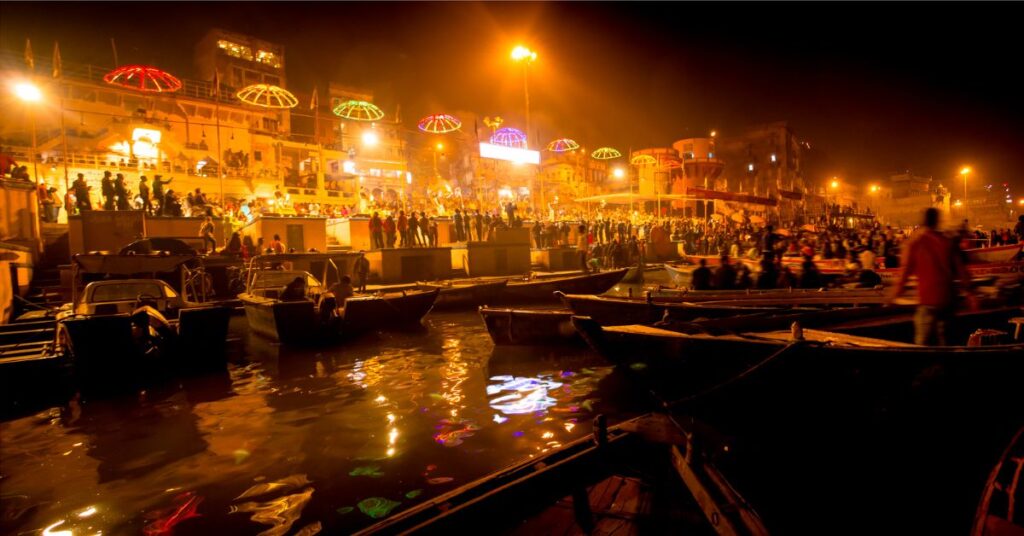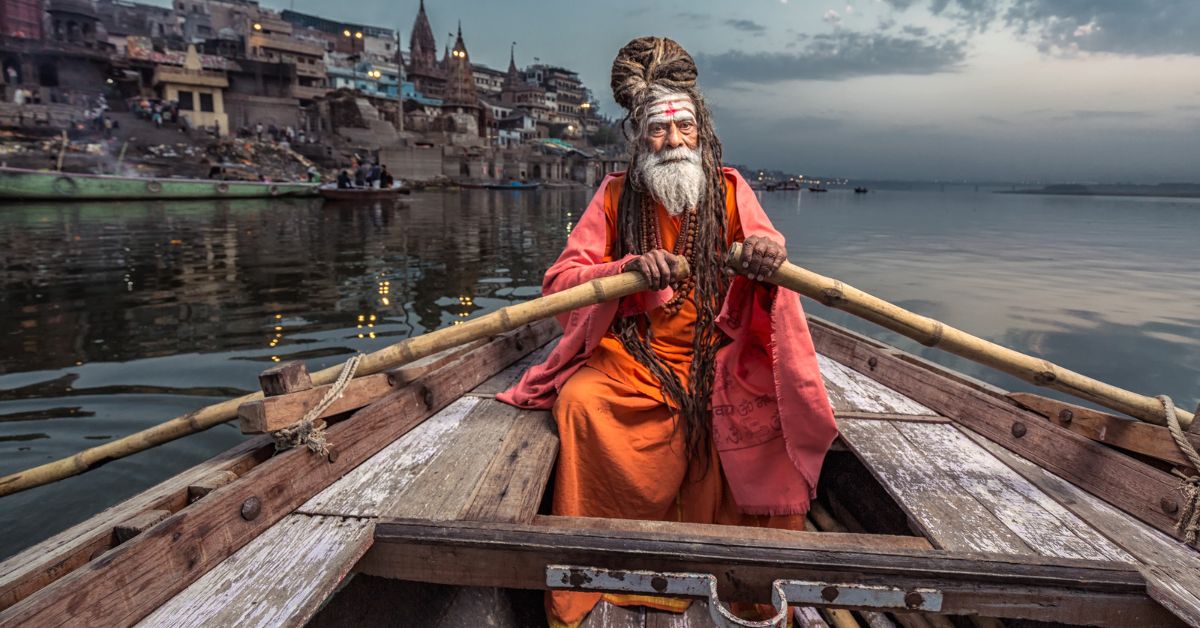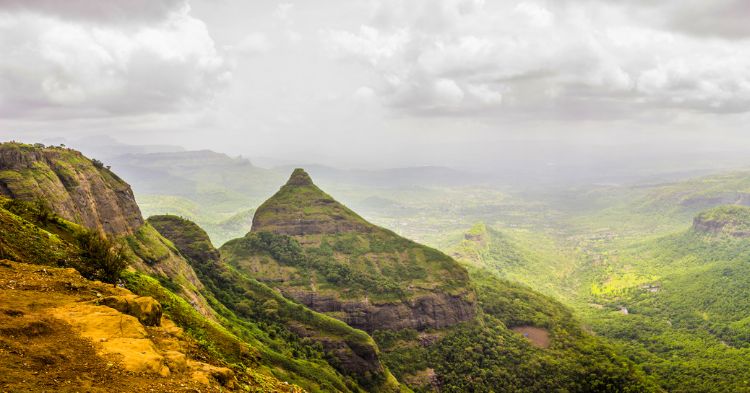The Ultimate Travel Guide to the Ghats of Varanasi
Varanasi, the ancient city of India, holds a special place in the hearts of millions. Its picturesque ghats, standing majestically along the holy Ganges River, are the epitome of spirituality, culture, and history. In this comprehensive guide, we’ll delve into the significance of the ghats of Varanasi and uncover the must-see spots for an unforgettable Varanasi experience.
Understanding the Ghats: Their Spiritual and Cultural Significance
The ghats, a series of steps leading to the river, are integral to Varanasi’s identity. They serve as venues for spiritual practices, cultural events, and everyday life. While some ghats hold historical importance, others are famous for their religious significance.
1. Dashashwamedh Ghat: The Heart of Varanasi
Dashashwamedh Ghat is the most famous and vibrant of all the ghats. Legend has it that Lord Brahma created this ghat to welcome Lord Shiva. The mesmerizing Ganga Aarti, held here every evening, is a must-see for every traveler.
2. Assi Ghat: A Blend of Spirituality and Academics
Assi Ghat is situated at the confluence of the Assi River and the Ganges. Home to many educational institutions, this ghat attracts both spiritual seekers and intellectuals. The morning aarti and evening cultural events offer a unique experience.
3. Manikarnika Ghat: The Gateway to Salvation
Manikarnika Ghat is the primary cremation ground in Varanasi. It is believed that those cremated here attain moksha, or liberation from the cycle of birth and death. Witnessing the rituals here is a humbling and transformative experience.
4. Harishchandra Ghat: Another Sacred Cremation Ground
Harishchandra Ghat, named after the legendary King Harishchandra, is another important cremation site. The dedication of the Dom Raja, who oversees the cremation process, is a testament to the sacredness of this ghat.
5. Kedar Ghat: A Holy Pilgrimage Site
Kedar Ghat, with its impressive Kedareshwar Temple dedicated to Lord Shiva, is a significant pilgrimage site for Hindus. The historic Parashurameshwar Temple, which draws followers from all over India, is also housed within the ghat.
6. Hanuman Ghat: A Spiritual and Historical Mixture
Named after the Hindu god Lord Hanuman, Hanuman Ghat is an important place of worship. The historic Samrajeshwar Temple, which displays India’s rich architectural legacy, is also located there.
7. Panchganga Ghat
The Five Rivers’ Meeting Place As the name implies, Panchganga Ghat is the meeting place of the five holy rivers, Yamuna, Saraswati, Kirana, and Dhutapapa. The venerated Bindu Madhav Temple is located in the ghat, making it a crucial stop for pilgrims.
8. Raja Ghat: A Heritage of Royalty
The magnificent palace and temple at Raja Ghat were constructed by the King of Digpatia. The palace’s impressive architecture and serene atmosphere make this ghat an excellent spot for relaxation and contemplation.
9. Tulsi Ghat: Paying Homage to a Great Poet
Tulsi Ghat is named after the renowned poet-saint Tulsidas, who penned the Ramcharitmanas. The annual Ram Lila performance, a reenactment of the life of Lord Rama, draws countless visitors to this ghat, steeped in literary and cultural significance.
10. Chet Singh Ghat: A Historical Landmark
Chet Singh Ghat, with its magnificent fortress, played a crucial role in the Battle of Varanasi between the British and the troops of Raja Chait Singh. Today, it stands as a testament to India’s rich history and the valor of its people.
Exploring the Ghats: Top Activities and Experiences
The ghats of Varanasi offer a plethora of unique experiences. Here are some must-do activities that will make your visit memorable:
- Attend the Ganga Aarti: The enchanting evening ritual at Dashashwamedh Ghat is an experience you’ll cherish forever.

Ganga Aarti at Dashashwamedh Ghat
- Enjoy a boat ride: Explore the ghats from the water by taking a sunrise or sunset boat tour on the Ganges.
- Visit the temples: Many ghats house ancient temples that offer a glimpse into India’s spiritual heritage.
- Attend a yoga session: Immerse yourself in India’s ancient practice of yoga, often offered by local experts on the ghats.
- Explore the narrow alleys: Wander through the labyrinthine lanes of Varanasi, where you’ll discover hidden gems and local delights.
Essential Travel Tips for the Ghats of Varanasi
To make the most of your Varanasi trip, keep these tips in mind:
- Dress modestly: As a sign of respect for the religious sites, dress conservatively while visiting the ghats.
- Observe local customs: Be mindful of local customs and practices, particularly during rituals and ceremonies.
- Stay safe: Keep your belongings secure, and avoid venturing into isolated areas, especially after dark.
- Be prepared for crowds: Varanasi is a bustling city, so expect large crowds, particularly during festivals.
- Hire a local guide: A knowledgeable guide can offer valuable insights and help you navigate the city’s complex layout.
A Journey Through the Ghats of Varanasi
The ghats of Varanasi are a living testament to India’s rich cultural, historical, and spiritual tapestry. From the vibrant Dashashwamedh Ghat to the serene Raja Ghat, each ghat offers a unique experience. This comprehensive guide will well-prepare you to embark an unforgettable journey through the sacred heart of India.
Also read, Varanasi Travel Guide








